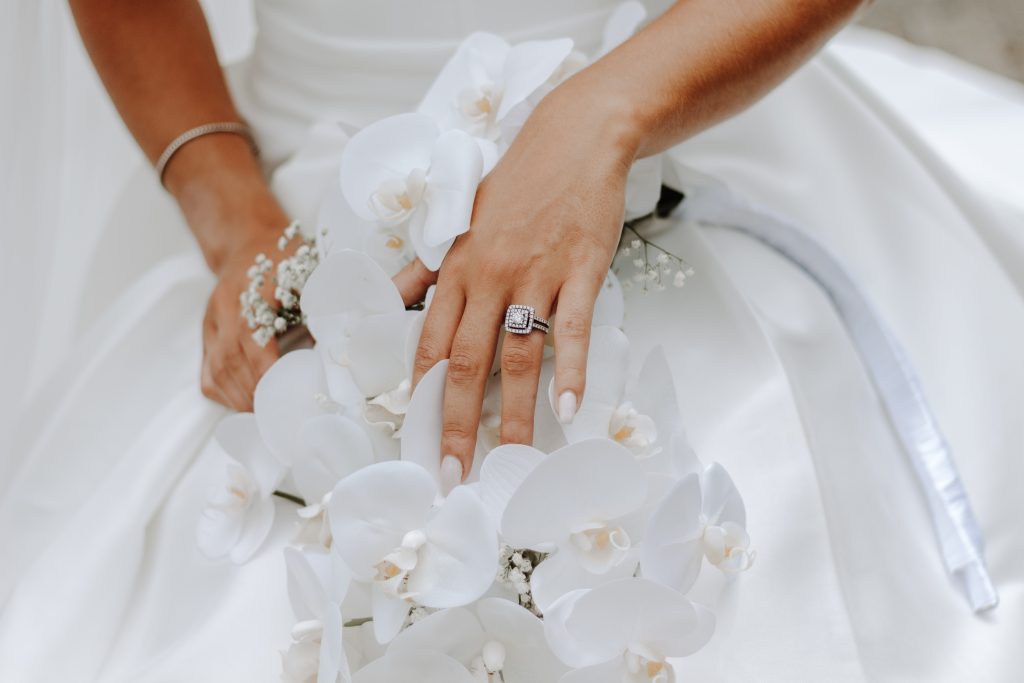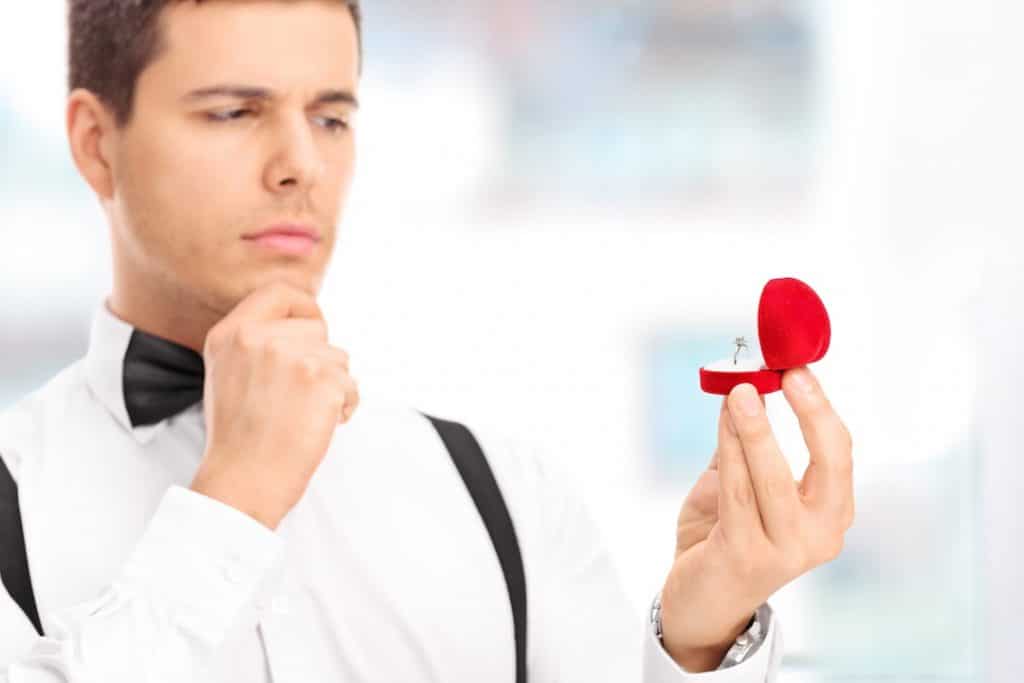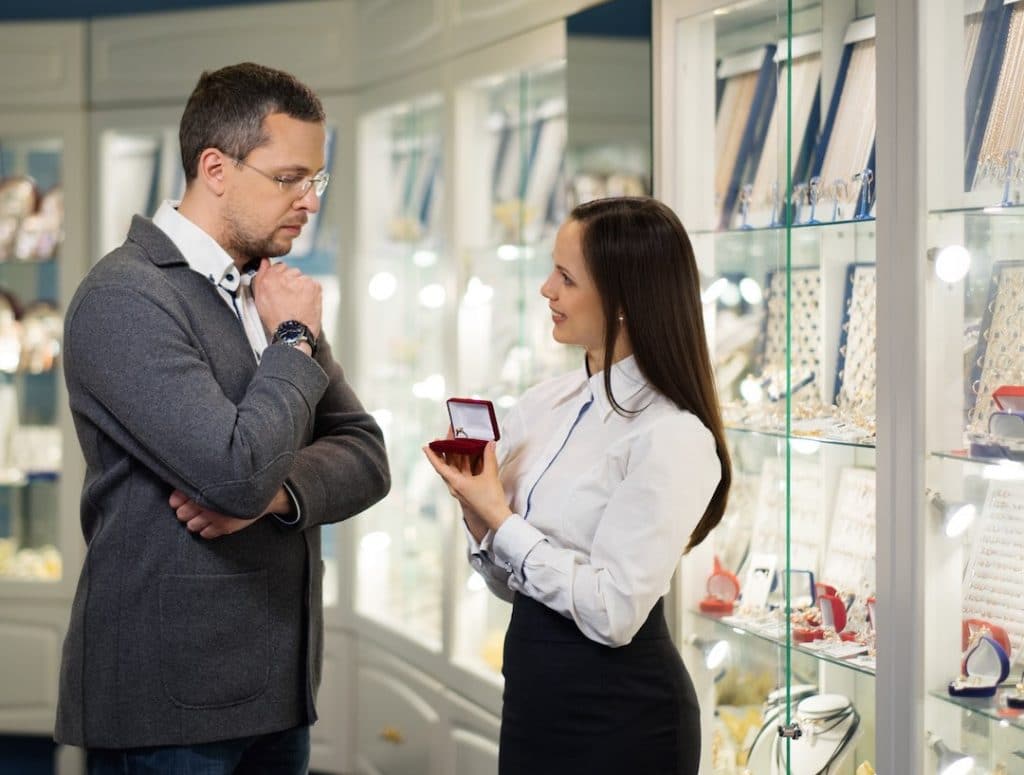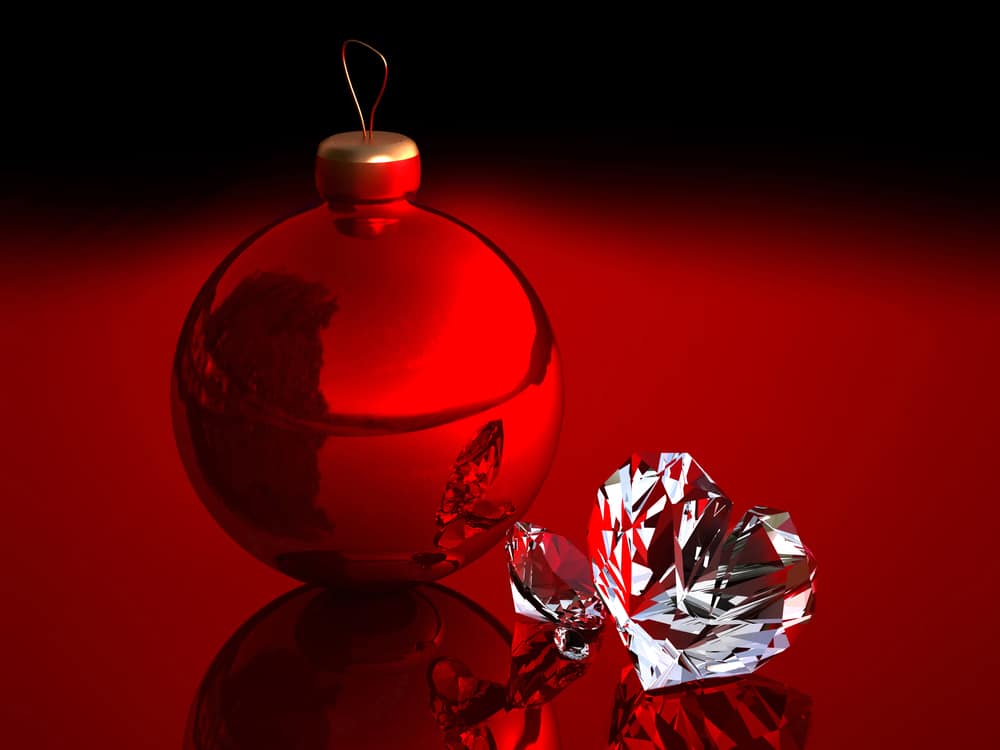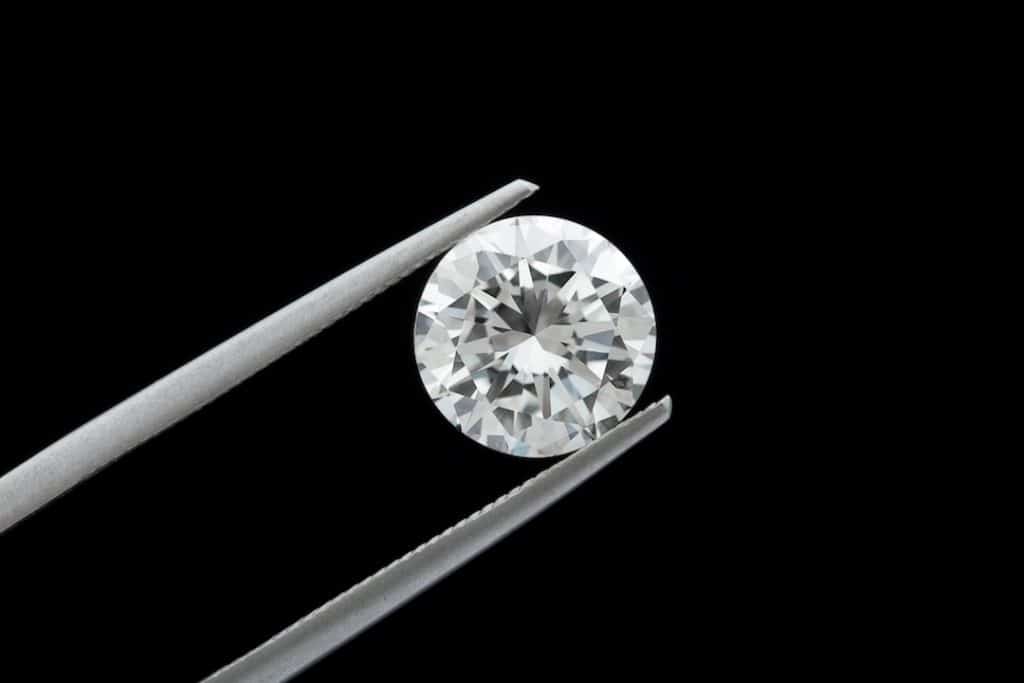In many jewelry stores, you can find various engagement rings with various designs and styles. Engagement rings are among the most expensive purchases, and you want your future spouse to love them as much as you do. But where can you buy the perfect ring for your special partner? Read on to learn more about the different types of engagement rings, and find out which type of diamond band would best suit her taste. Also, visit a jewelry store to see what other women say about them.
Women are now more likely to purchase engagement rings. According to the De Beers Group, women spend 33% more on engagement rings than men. They also tend to be more confident in their choices and are often more certain of the sentimental value of the engagement ring. You may want to consider the traditional engagement ring design and its significance to your loved one. After all, the engagement ring represents eternal love. Just be sure to check the size of her ring and its price before purchasing it.
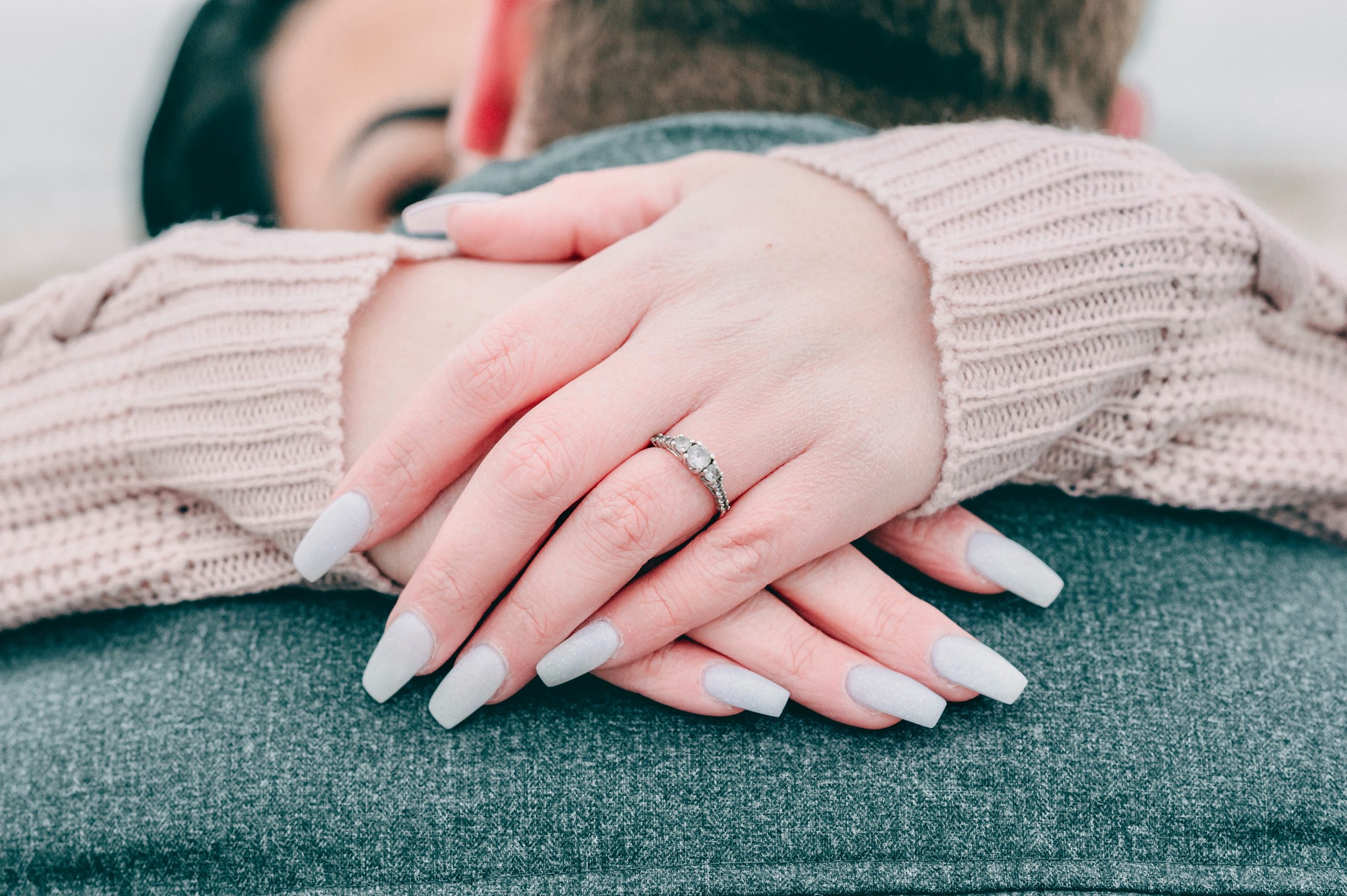
A Guide to 10 Engagement Ring Styles
1. Solitaire
The most traditional and traditional type of engagement ring is a solitaire. Since there is only one stone in the arrangement, the word “solitaire” was chosen. A solitaire diamond is frequently set in a straightforward band with a prong or claw setting to highlight its beauty. Solitaire is a fantastic option if you have a clear and refined sense of style. You know you’ll always adore it because it is the ring that endures fashion trends and time.
2. Cluster
To mimic the look of a larger diamond, cluster settings combine some smaller stones. They also go by the name “illusion” rings because of this. They are, therefore, a wonderful low-cost option for an engagement ring. You can obtain the most glitter and brightness for your money with cluster diamonds. It’s also flexible; you can choose a classic circle cluster or a more distinctive, contemporary asymmetrical design.
3. Pavé
Pavé settings are an attractive option for customizing an engagement ring. This method inserts small diamonds or other stones inside the ring’s band. As a result, the ring appears to shine on your finger and catches more light. A popular option is to add your partner’s or child’s birthstone in place of some diamonds to give the design a special twist. Pavé rings have a delicate, feminine appearance that quickly draws attention to a plain ring.
4. Cathedral
The cathedral setting’s historic and exquisite design has made it popular for decades. This type of ring’s metal shank and shoulders curve upward to support the diamond, hence the name. These contours mimic cathedral arches. They can be simple or set with pavé diamonds for added brilliance. In either case, the Cathedral style is a chic option for an engagement ring due to its design and architectural feel.
5. Halo
The halo is one of the most well-liked types of engagement rings. That’s because it makes the focal stone sparkle while producing a stunning sheen. The focal stone is surrounded by a border or halo made of a line of smaller pavé-set diamonds. The center stone appears even more brilliant and glittering thanks to the light reflection from the halo stones. A halo setting is a stunning technique to highlight a stunning white diamond or make a less impressive stone appear larger. If you select a colored gem for the center stone, such as sapphire, ruby, morganite, or pink diamond, it can also provide a dramatic contrast.
6. Oval Halo
The oval halo shape is ideal for increasing the size of an engagement ring. Oval-cut diamonds appear larger than stones of the same carat weight because of their length. The halo setting adds to the ring’s width and adds more glitter, giving the impression that the band is wider than it is. An oval halo ring won’t appear overdone, though. Rather, it has a vintage, majestic appearance that will make any woman feel like a queen.
7. Shank and Split-Shank Style Ring
Altering an engagement ring’s shank or band is one of the simplest methods to make it unique. Although there are many other styles, the split shank is among the most well-liked. On either side of the center stone, the ring’s band splits in half, creating a tiny gap. A bigger separation provides a ring with an ancient feel, especially if it is set with pavé diamonds. The place where the shank splits can produce a wide variety of patterns. On the other hand, a smaller split is a subtle method to amplify the appearance of the central stone.
8. Bezel Wedding Band
One of the safest ring settings is the bezel. Instead of being lifted on prongs, a metal border holds the gem in place. The bezel setting is a great option for an engagement ring because the stone is less likely to become damaged or slip out. Bezel engagement rings are more expensive than prong-set rings but require less maintenance. This is so because there aren’t any claws that need to be adjusted or tightened over time. However, the center stone may appear smaller since less light can pass through it.
9. Three-Stone Design
Three-stone engagement rings, also referred to as the “trilogy” form, is a remarkably passionate option. That is due to the three stones’ symbolic nature. Tradition has it that they stand for “you, me, and us” or “the past, the present, and the future.” Depending on the size, type, and shape of the stones used, trilogy rings are quite adaptable. A huge center diamond and two smaller surrounding stones or three medium-sized stones of similar size is a common choice. Using a color gem as the central stone and adding diamond edging, Shank and Split-Shank Style Rings is a contemporary interpretation of the trilogy style. Whatever you choose, this design is both beautiful and meaningful.
10. Double Diamond Fashion
What is superior to a single diamond? Two! Due to its renaissance in popularity among celebrities, the double diamond style. The two stones stand for your companion and you, united for all time. While the conventional design calls for two identical diamonds of the same size and shape, a trendy and contemporary alternative is to use stones that contrast. Both round and trillion and square and pear provide unusual combinations.
What Style of Engagement Ring Suits me Best?
Keep a few things in mind when you choose your engagement style. Choose the shape and stone cut that you want first. Select the band’s metal, such as gold or silver, and the stone’s desired carat weight. Do you desire an emerald, a diamond, or another type of gem? If so, will the two rings match if you want to wear them with a wedding band? The size is the most crucial choice, so be sure it’s the right size. Your choice of ring will also depend on your budget.
Understanding the terms used to describe various ring settings and styles is crucial when selecting your ideal engagement ring. The ring’s setting and style will significantly impact the comfort, visual effect, and wearability of the ring you select!
Ring Settings vs. Ring Styles
Ring styles are more broad methods to group the appearance and feel of engagement rings. In contrast, ring settings refer to the specific and more technical features that distinguish the wide varieties of engagement rings. For instance, the setting of a solitaire ring with just one center stone and no supplementary diamonds or gems on the band is a traditional ring design.
A Diamond Band Ring: What is it?
The ring, also known as a diamond band engagement ring, has a bigger gemstone in the middle and is surrounded by micro diamonds. The diamond band design enhances the elegance of a solitaire ring by adding glitter and complexity. Our goldsmiths carefully choose each little diamond utilized throughout the ring to match in excellent color and clarity grade.
How can I Get an Engagement Ring Cheaper?
When buying an engagement ring, you should never strive to be “cheap.” It’s not about saving money or getting a good bargain; rather, it’s about getting the most value for your money. In light of this, we’ve compiled some advice on reducing the cost of an engagement ring.
1. Consider the Engagement Ring’s Cost Elements
The four Cs—carat, cut, color, and clarity—are mostly responsible for how much an engagement ring costs. When purchasing an engagement ring, you can save money by focusing exclusively on one or two of the Cs. For example, you could get a smaller, more brilliantly clear diamond or a larger stone with less clarity. It’s usually a smart place to start because many brides will already know the cut (shape of the stone) they have in mind. The cost of your ring may also be influenced by the metal you choose; platinum or palladium bands will cost a little more than white, yellow, or rose gold rings.
2. A little stone can be made larger by the setting.
Clusters or halo rings (a circle of stones surrounding the primary center stone), which amplify a smaller stone and give it a lot more shine, are the ideal alternative if you want a statement ring but can’t afford a huge diamond (for a lot less expense). While more expensive, pavé bands (rings with diamonds or gemstones placed into the band) can counteract the loss of sparkle caused by a smaller center stone.
3. Consider using alternate gemstones.
Although diamonds are the typical gemstone for engagement rings, you can consider them elsewhere if your future spouse doesn’t have their heart set on one. White sapphires are virtually as clear as diamonds, just as strong and valuable, yet they cost a lot less. Super sparkling lab-created gemstones called moissanite are gaining popularity for engagement rings. If you’re searching for a greater-carat stone, both are excellent alternatives. The popularity of colored gemstones is also on the rise right now. Morganite, emeralds, grey diamonds, garnets, and blue sapphires are all excellent choices for engagement rings.
4. Compare Prices
Although the cost of comparable rings may vary greatly from jeweler to jeweler, gemstones and precious metals are commodities (like gasoline). Thus, the base price for stones of comparable quality shouldn’t fluctuate too much. In certain cases (especially with large multinational companies), you pay for the brand name or the box the ring arrives in. Still, a reputable jeweler typically means high-quality diamonds that are responsibly sourced and expertly cut. Shopping around can pay economically, as can looking online or at auction houses. Still, no matter where you buy your ring, ensure you receive certification for any gemstone to prove their origin and quality.
5. Consult your Jeweler
Make use of your jeweler’s expertise while you are there. Although they are salespeople, they are also experts in their field and genuinely want you to be a delighted customer. They can work with you to discover beautiful and reasonably priced things if you let them know your preferences and spending limit.
6. Customize it
Although a custom engagement ring can cost significantly more, if you have a set spending limit and are certain of what you want, you may find it more reasonable in a bespoke ring.
7. Go modest now and upgrade later
You can always propose a token ring or a ring with a less expensive or substituted stone, then upgrade it for something more expensive later if you’re eager to get engaged but can’t quite afford your dream ring just yet.
What Carat Weight should Engagement Ring have?
How many carats the ring should have is one of the choices to be made when thinking about buying an engagement ring. The Knot, a research firm and website dedicated to all things wedding, states that the average is between one and two carats. There isn’t a law. A smart place to start is always by creating a budget.
Conclusion
When it comes to choosing the perfect ring, the weight of the stone is very important. The larger the stone, the more expensive the ring will be. Depending on the size of the stone, you can choose a ring with a smaller stone, but a larger diamond is not the right choice for your engagement ring. It is recommended that you choose a ring with at least four prongs. Having fewer than four prongs may compromise the security of the ring.
Another thing to consider is the shape of the diamond. Although a round stone is the most popular and classic, an oval cut complements long, lean fingers. Other shapes include the Asscher diamond, cushion diamond, and princess. Princess cut diamonds give a more uniform look and make it appear bigger than its real size. And pear and baguette-cut diamonds are delicate and look good on a narrow band.

